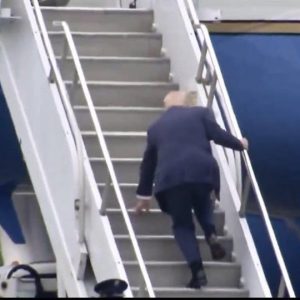Iran’s Supreme Leader Ayatollah Ali Khamenei is reportedly hiding in a secret underground bunker as U.S. airstrikes on Iranian nuclear sites heighten tensions. At 86, Khamenei is in frail health, and multiple Iranian officials suggest his leadership is nearing its end—either naturally or by internal removal. A generational shift and growing dissatisfaction among younger leaders have spurred speculation that Khamenei’s grip on power is symbolic at best. Preparations for succession have accelerated, with a secretive three-man committee evaluating replacements. Among the top contenders are Khamenei’s son Mojtaba and Hassan Khomeini, the grandson of the Islamic Republic’s founder, both seen as viable heirs under differing ideological banners. Khomeini, while reformist-leaning, has expressed loyalty to the regime’s foundational ideals.
As tensions soar, the U.S. Embassy in Qatar issued a “shelter in place” alert for Americans, while intelligence sources warn of potential Iranian retaliation within 48 hours. The region remains volatile due to the deepening conflict between Iran and Israel, causing airspace closures and travel disruptions. Khamenei, reportedly avoiding electronics after President Trump’s inflammatory online statements, is guarded by elite Revolutionary Guard forces. Experts warn that a sudden leadership transition could destabilize Iran unless a successor is quickly and effectively installed. Khamenei’s replacement is expected to uphold the revolutionary ideology, but there are signs that Iran’s ruling elite also seeks a figure capable of softening the country’s global image to deter further international attacks.




